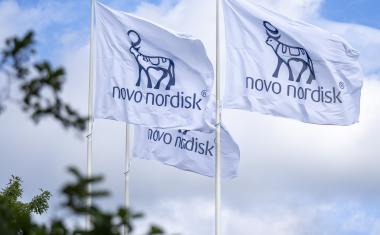Biopharma Growth Creates Hiring Dilemma
The consistent, rapid growth in the biopharma industry has made it difficult to hire and retain the right staff, consultants BioPlan Associates say in their 12th Annual Report and Survey of Biopharmaceutical Manufacturing Capacity and Production.
With many professionals who hired on in the industry’s formative years on the cusp of retirement, Bioplan says the situation will potential worsen, and “not nearly enough is being done to alleviate the trained staffing shortages that have plagued this segment for at least a decade.”
In a look at hiring and training trends as part of the annual industry study, the consultants ask respondents to indicate which job positions they are finding it difficult to fill at their facilities.
This year, Bioplans says it has found that the biggest challenges are hiring staff for process development – upstream and downstream. This was cited by 38.5% and 37.2% percent of respondents, respectively, and, the consultants remark, “likely reflects the industry’s greater focus on process efficiency.”
While challenges to hire upstream process development staff have stabilized in recent years, difficulties in hiring downstream PD staff have continued, Bioplan says, surmising that “this may well be related to the increasing attention paid to downstream processing, which has failed to match recent upstream improvements.”
The study found also that the hiring problems seems to be more acute problem in the US, where 48.5% - against 33.3% in Western Europe say it is the position considered most difficult to fill.
Other positions the industry is having trouble filling are said to include quality assurance personnel (24.4%), process engineers (23.1%), downstream operations staff (21.8%) and validation staff (21.8%).
As the industry moves towards continuous bioprocessing, staff expertise levels will generally need to be higher, Bioplan says, while adding that “some companies worry that filling positions will be more difficult if staff are needed around-the-clock to run and monitor continuous bioprocessing.” Increasingly automated areas of biomanufacturing that aim to take human error out of the equation could ease the burden, it believes.
Other problem-solving scenarios the consultants foresee could include require collaborations between employers, training organizations, and leading universities.
















